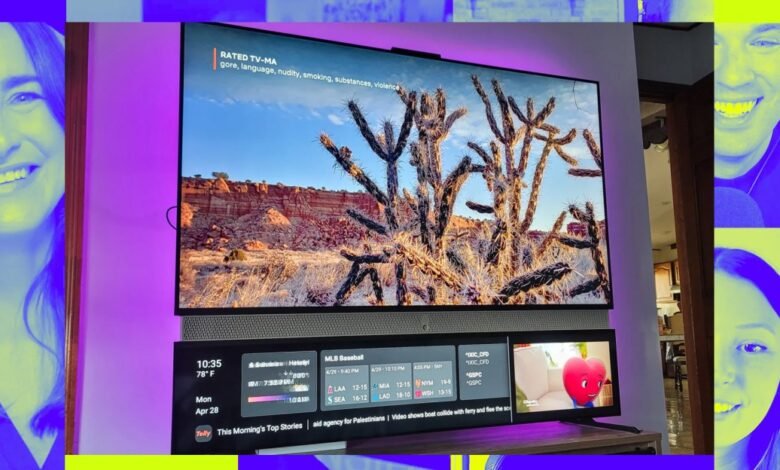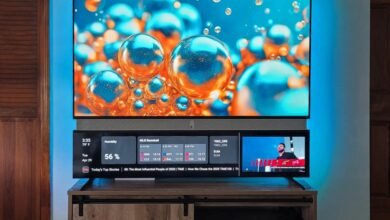The Hidden Cost of a “Free” TV

▼ Summary
– The author is an experienced tech journalist and co-host of The Vergecast with a background at major publications.
– Telly’s CEO proposed a free TV model funded by continuous advertising, which initially seemed like a good consumer deal.
– The reality of using the Telly TV differs from the initial pitch, as explored by The Verge’s Emma Roth.
– The Telly TV features unique hardware, an AI newscast upon startup, and constant ads that impact the user experience.
– The discussion questions whether a more expensive version of Telly without ads could be more appealing to consumers.
The promise of a completely free television set sounds almost too good to be true, and according to recent user experiences, that might just be the case. Telly, a company offering a zero-cost TV, relies on a continuous stream of advertisements to fund its business. While the concept appears reasonable on paper, the actual user experience reveals a more complex and intrusive reality than many consumers might anticipate.
During a recent podcast discussion, Telly’s CEO Ilya Pozin presented a compelling argument for this ad-supported model, suggesting it represents a fair exchange for customers. However, firsthand accounts tell a different story. One journalist who spent time with the Telly device described its unconventional hardware and surprisingly robust features. Yet, these positives are overshadowed by the persistent advertising and an unusual, AI-generated newscast that plays every time the television is powered on.
Living with the Telly means accepting a second screen below the main display, which is dedicated solely to showing commercials. This constant visual noise changes the dynamic of watching television, making the viewing environment feel perpetually commercialized. The experience raises important questions about the true cost of “free” technology. Is the trade-off of personal space and uninterrupted viewing worth the savings on the hardware?
This leads to a provocative thought: what if Telly were positioned as a premium, high-priced product instead? Without the need to monetize through relentless ads, could it deliver a more refined and appealing user experience? The current model forces users to consider whether the financial savings justify the perpetual advertising presence in their living rooms.
The conversation also touched upon broader developments in the smart home sector, including updates from major players like Amazon and Google. These tech giants continue to evolve their ecosystems, often integrating advertising and data collection in ways that, while less overt than Telly’s approach, still impact user privacy and experience.
Ultimately, the Telly experiment serves as a stark reminder that in the world of consumer technology, products marketed as “free” often come with hidden expenses. These costs aren’t measured in dollars and cents, but in terms of personal data, attention, and the overall quality of the user experience. The true price of a free TV may be far greater than anyone realizes.
(Source: The Verge)

